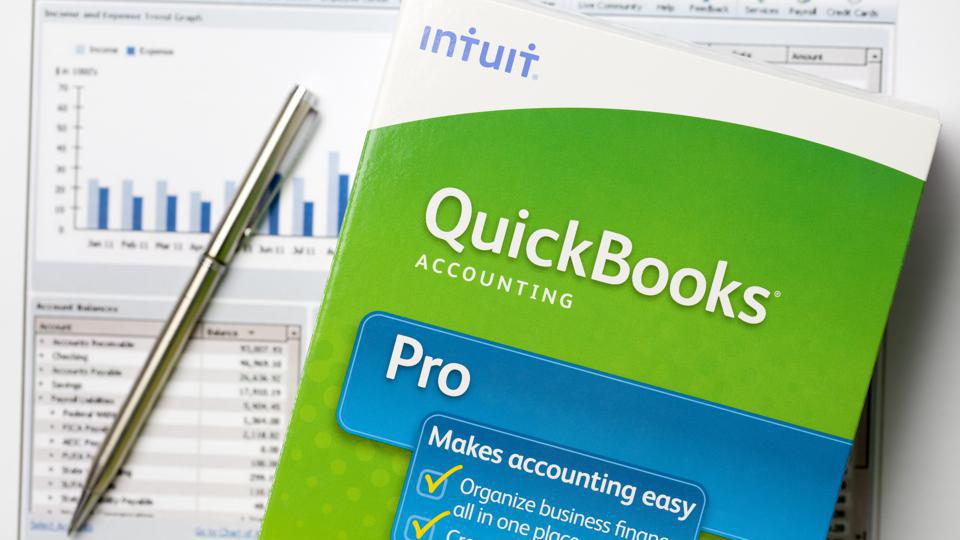The popularity of Proximity ID Cards stems from their ability to provide quick, contactless access while maintaining a high level of security. Unlike traditional key systems, proximity cards can be easily programmed, monitored, and, if necessary, deactivated. However, as the adoption of these cards has become widespread, we are looking beyond their basic functionality. We are now exploring ways to leverage these cards not just as security tools, but as multi-functional assets within their operations.
Customizing 125 kHz Proximity Cards opens up a world of possibilities. It allows organizations to transform a standard security tool into a powerful branding asset and even a platform for additional functionalities. But with great potential comes great responsibility. The process of customizing proximity cards involves numerous considerations, from technical compatibility to budget constraints and future scalability.
Fundamentals of 125 kHz Proximity Technology
At its core, 125 kHz proximity technology represents a perfect balance between simplicity and effectiveness. Unlike more complex high-frequency systems, it offers a robust, cost-effective solution that meets the needs of a wide range of applications. Its widespread adoption has revolutionized how organizations manage security, streamline operations, and interact with their personnel.
- They use low-frequency radio waves to communicate with card readers
- They contain an antenna and a chip that stores a unique identification number
- The card doesn’t require direct contact with the reader, allowing for quick and convenient use
- They are widely used due to their reliability and cost-effectiveness
Customization Options for Proximity Cards
When it comes to customizing Proximity ID Cards, there are several options available:
- Visual Customization
- Data Customization
- Form Factor Customization
- Security Feature Customization
Let’s explore each of these in detail.
Visual Customization
Visual customization is often the first consideration for organizations looking to personalize their ISO PVC Proximity Card. Renowned companies like Bristol ID Technologies offer a range of printing techniques to ensure high-quality, durable visual customization on proximity cards. Options include:
- Logo printing
- Background designs
- Color schemes
- Employee information and photos
- Barcodes or QR codes for additional functionality
Data Customization
Data customization involves programming the card with specific information:
- Unique ID numbers
- Access levels
- Expiration dates
- Additional data fields as required by the organization
Form Factor Customization
While the standard credit card size is most common, a 125 kHz Proximity Card can be customized in various form factors:
- Key fobs
- Wristbands
- Adhesive tags
- Custom shapes (within technical limitations)
Security Feature Customization
Enhancing the security of Proximity Smart Card is crucial for many organizations. Custom security features may include:
- Holograms
- UV printing
- Micro-text
- Guilloche patterns
- Tamper-evident materials
Considerations When Customizing Proximity Cards
When embarking on a customization project for a 125kHz Proximity Card, several factors should be taken into account:
- Compatibility with Existing Systems
- Durability Requirements
- Budget Constraints
- Production Time
- Minimum Order Quantities
- Future Scalability
- Regulatory Compliance
Let’s examine these considerations in more detail:
Compatibility with Existing Systems
Ensure that any customization doesn’t interfere with the card’s functionality:
- Check if visual elements obstruct the antenna
- Verify that added features don’t impact card thickness beyond reader specifications
- Confirm that data customization is compatible with your access control software
Durability Requirements
Consider the environment in which the cards will be used:
- Outdoor use may require more robust materials or protective coatings
- High-wear environments might benefit from more durable printing techniques
Budget Constraints
Customization costs can vary widely based on:
- Complexity of design
- Printing techniques used
- Security features incorporated
- Quantity ordered
Production Time
Factor in the time required for:
- Design approval
- Proof creation and review
- Production and quality control
- Shipping and delivery
Minimum Order Quantities
Be aware that some customization options may require minimum order quantities:
- Standard designs may have lower minimums
- Highly customized cards often require larger orders to be cost-effective
Future Scalability
Consider future needs when customizing:
- Will the design accommodate potential changes in branding?
- Can the data structure support additional fields if needed?
- Is the chosen technology likely to remain relevant for the foreseeable future?
Regulatory Compliance
Ensure that customization meets any relevant regulations:
- Data protection laws
- Industry-specific standards
- Accessibility requirements
Comparison of Customization Options
To help you navigate the various customization options, here’s a comparison table:
| Customization Type | Pros | Cons |
| Visual (Basic) | Enhances brand recognition | Limited security features |
| Visual (Advanced) | High security, professional look | Higher cost, longer production time |
| Data | Flexible, enhances functionality | May require special equipment |
| Form Factor | Unique, tailored to specific needs | Can be more expensive, and potential compatibility issues |
| Security Features | Increases card security | Adds to cost, may complicate production |
Best Practices for Customizing 125kHz Proximity Cards
To ensure a successful customization project, consider these best practices:
- Start with a clear understanding of your needs and objectives
- Consult with experts in proximity card technology and customization
- Request samples before committing to a large order
- Consider a phased approach, starting with basic customization and adding features over time
- Keep detailed records of your customization specifications for future reference
- Regularly review and update your customization strategy to align with evolving needs
Integration with Other Systems
As organizations increasingly rely on interconnected technologies, the ability to integrate them with other systems becomes crucial. This integration can significantly enhance the functionality and value of your customized cards. Here are some key aspects to consider:
Access Control Integration
- Seamless connection with electronic door locks and turnstiles
- Integration with time and attendance systems
- Compatibility with visitor management software
IT Systems Integration
- Single sign-on (SSO) capabilities for computer access
- Integration with employee directories and HR systems
- Compatibility with print management systems for secure printing
Payment Systems
- Potential for use in cashless vending machines
- Integration with cafeteria or company store payment systems
- Compatibility with expense tracking software
Building Management Systems
- Integration with smart building technologies (e.g., lighting, HVAC)
- Use in energy management systems to optimize resource usage
- Compatibility with parking management systems
Emergency Response Systems
- Integration with mustering systems for evacuation procedures
- Compatibility with emergency notification systems
- Use in crisis management and response tracking
The Future of Customized Proximity Cards
As technology continues to evolve, the possibilities for customizing these cards are likely to expand. Some trends to watch include:
- Integration with mobile devices
- Enhanced data storage capabilities
- More advanced anti-counterfeiting features
- Eco-friendly materials and production processes
Takeaway
Customizing these cards offers organizations the opportunity to enhance security, improve branding, and increase functionality. Whether you opt for simple visual customization or a comprehensive approach incorporating advanced security features, the key is to align your customization strategy with your overall organizational goals and access control requirements. By leveraging their full potential, you can create a secure, efficient, and brand-aligned access control solution that serves your organization well into the future.
At Bristol ID Technologies, we’re not just crafting cards – we’re shaping the future of identity and access management. Our state-of-the-art facility is equipped to handle everything from 125 kHz Proximity Cards to advanced smart card technologies.
What sets us apart?
- Unparalleled customization capabilities
- Rigorous quality control processes
- Cutting-edge printing and encoding technologies
- Commitment to customer satisfaction
- Expertise in a wide range of card technologies



